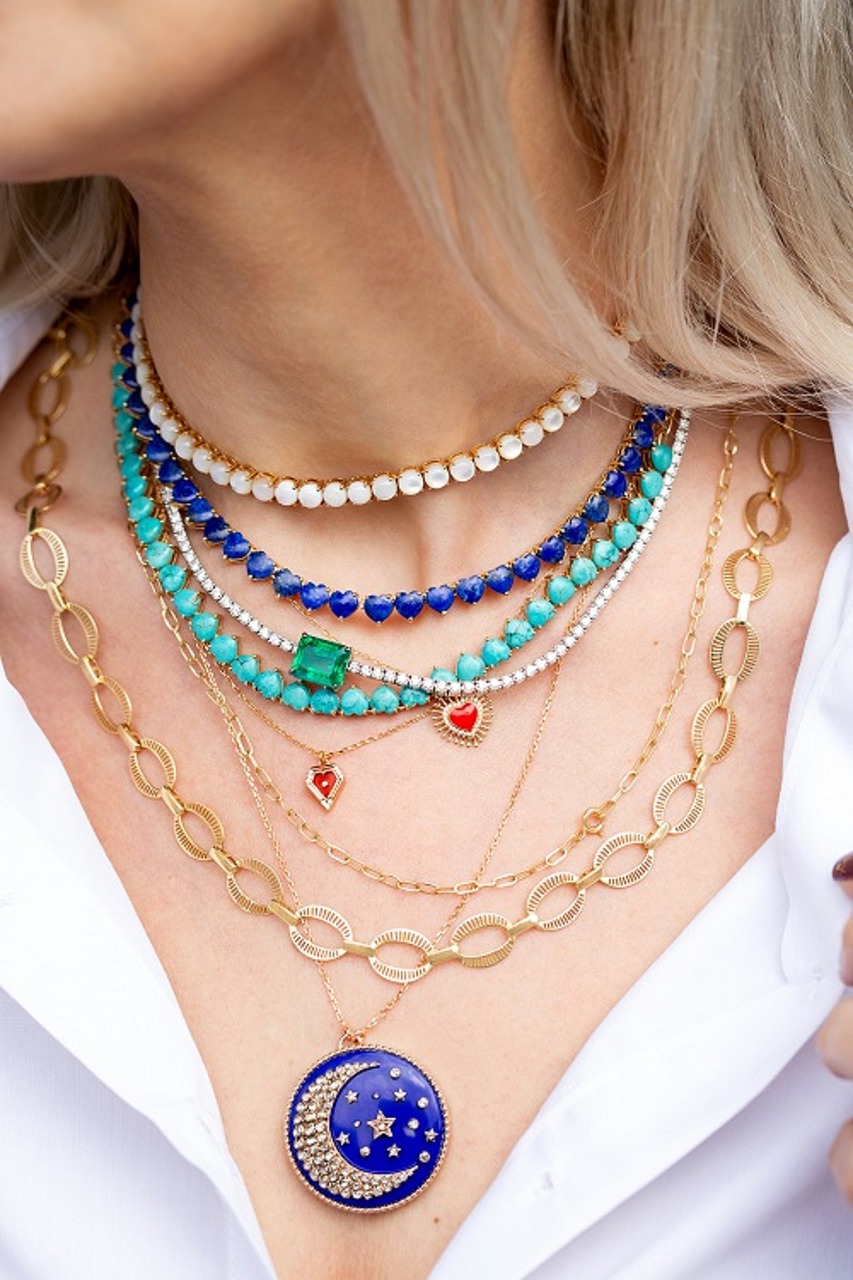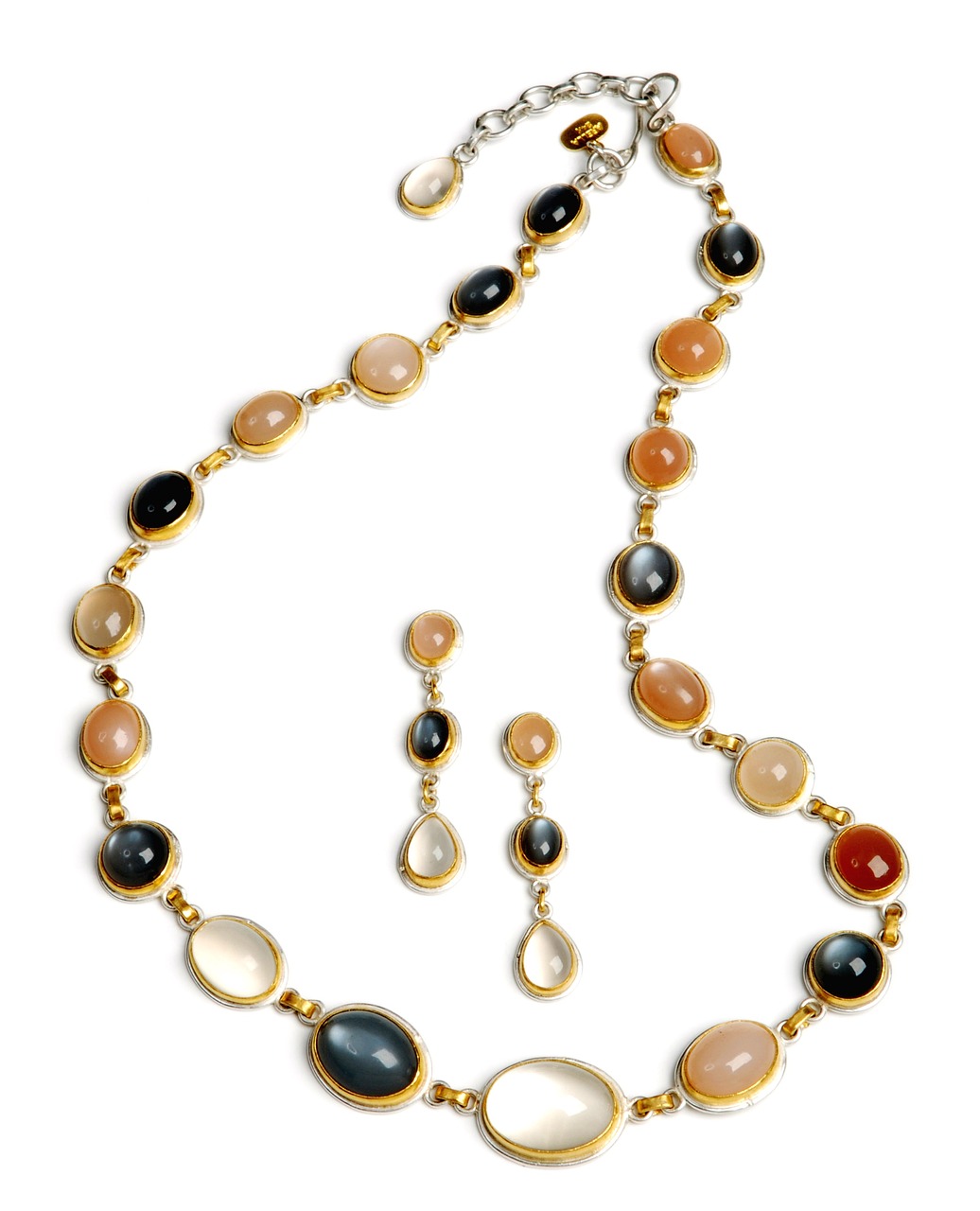AITA for refusing to give my late aunt’s heirloom necklace to her daughter?
 Image credit: Pixabay (This is example image – Not the actual photo)
Image credit: Pixabay (This is example image – Not the actual photo)
Family Heirlooms and Complicated Emotions
When a cherished family heirloom becomes a point of contention, the bonds of family can be tested in unexpected ways. After receiving a beautiful antique necklace from her late aunt, a woman finds herself in a moral dilemma when her cousin demands the necklace for her wedding, claiming it rightfully belongs to her. As tensions rise, the story explores themes of ownership, grief, and the complexities of familial relationships, making it a relatable scenario for anyone who has navigated the emotional landscape of family legacies. Can a gift truly belong to one person, or does blood tie dictate ownership?
Family Drama Over an Heirloom Necklace
In a recent family conflict, a 27-year-old woman found herself at the center of a heated dispute regarding a cherished antique necklace that belonged to her late aunt. The necklace, a family heirloom, was given to her by her aunt before she passed away, symbolizing their close relationship. The situation escalated when her cousin, Lily, who is 29, requested to borrow the necklace for her upcoming wedding.
- Background: The necklace had been in the family for generations and was given to the narrator as a token of love and trust from her aunt.
- Initial Request: Lily asked to borrow the necklace for her wedding, intending to use it as her “something old.” The narrator agreed, believing it was a temporary arrangement.
- Unexpected Claim: During the conversation, Lily expressed her desire to keep the necklace permanently, claiming it should have been hers all along since it belonged to her mother.
- Conflict Resolution Attempt: The narrator explained that the necklace was a gift from her aunt, who specifically wanted her to have it. She felt it was unfair for Lily to demand it as her own.
- Emotional Fallout: Lily became upset, arguing that her mother would have wanted her to have the necklace if she were still alive. She accused the narrator of being selfish for not wanting to give it up.
- Family Pressure: The narrator’s mother and some relatives sided with Lily, suggesting that she should relinquish the necklace to honor her aunt’s memory and support her cousin on her wedding day.
The narrator is caught in a dilemma, feeling torn between family expectations and her emotional attachment to the necklace. She understands Lily’s desire for the heirloom but believes that her aunt had valid reasons for passing it on to her. The situation highlights the complexities of family dynamics and the challenges of conflict resolution when it comes to sentimental items.
Ultimately, the narrator is standing firm in her decision, feeling that she should not be guilted into giving away something that was meant for her. This family drama serves as a reminder of how heirlooms can become sources of tension, especially during significant life events like weddings.
This is Original story from Reddit
 Image credit: Pixabay (This is example image – Not the actual photo)
Image credit: Pixabay (This is example image – Not the actual photo)
Story
My aunt passed away a few years ago, and before she died, she gave me a beautiful antique necklace that had been in our family for generations. She told me she wanted me to have it because we were extremely close. She knew I’d treasure it, and I have ever since.
Now her daughter, Lily, is getting married, and last week she asked if she could borrow the necklace as her something old. I said yes at first because I thought it was just for the wedding day. But then she casually mentioned that she actually wanted to keep it permanently.
I was confused and asked what she meant, and she said it should have been hers all along since it belonged to her mother. She said it was unfair that I had it instead of her and that she deserved it more because she is her daughter. I told her, “I thought you just wanted to borrow it. Aunt gave this to me because she wanted me to have it. I’m not giving it away.”
She got upset and said my aunt was probably just being polite when she gave it to me, and that if she were still here, she would have obviously wanted her own daughter to have it instead. She told me I was being selfish and should do the right thing. Now my mom and a few relatives are saying I should just give it to her because it was her mom’s and it would mean a lot to her on her wedding day.
But to me, this isn’t just some family heirloom. It was a gift meant for me. I understand why she wants it, but my aunt had her reasons for giving it to me.
I don’t think I should be guilted into handing it over just because Lily suddenly decided she wants it now.
View the Original Reddit Post Here
Summary of Reddit Comments
The top Reddit comments indicate a strong consensus that the original poster (OP) is not the asshole (NTA) for refusing to loan a necklace given to her by her late aunt. Users emphasize the importance of honoring the aunt’s wishes, cautioning against the potential complications of lending the heirloom, especially given the cousin’s intentions to keep it permanently. Many commenters advise OP to set firm boundaries and protect the necklace to avoid family drama and possible loss.
Verdict: NTA
Expert Advice for Resolving the Heirloom Conflict
Family disputes over heirlooms can be emotionally charged and complex. Here are some practical steps to help both the narrator and her cousin navigate this situation with empathy and understanding:
For the Narrator
- Reflect on Your Feelings: Take some time to understand your emotions regarding the necklace. Acknowledge your attachment and the significance it holds for you.
- Communicate Openly: Have a calm and honest conversation with Lily. Express your feelings about the necklace and why it is important to you. Use “I” statements to avoid sounding accusatory, such as “I feel a strong connection to my aunt through this necklace.”
- Set Clear Boundaries: Politely but firmly explain that while you understand her desire to borrow the necklace, it was a gift meant for you. Make it clear that you are not comfortable with the idea of her keeping it permanently.
- Offer Alternatives: Suggest other ways Lily can incorporate “something old” into her wedding. Perhaps you could help her find a different heirloom or family item that holds sentimental value.
- Seek Support: If family pressure becomes overwhelming, consider discussing your feelings with a trusted family member who can advocate for your perspective. This can help alleviate some of the emotional burden.
For Lily
- Understand the Sentiment: Acknowledge that the necklace holds deep emotional significance for your cousin. Try to see the situation from her perspective and recognize her connection to their late aunt.
- Communicate Your Feelings: Share your feelings about the necklace openly with the narrator. Explain why you feel it should belong to you, but do so in a way that respects her feelings and attachment.
- Be Open to Compromise: Consider the possibility that the necklace may not be available for permanent ownership. Be willing to discuss alternatives or other family heirlooms that could be meaningful for your wedding.
- Respect Boundaries: If the narrator expresses her desire to keep the necklace, respect her decision. Pushing too hard could damage your relationship and create further family tension.
- Focus on the Celebration: Remember that your wedding is about love and unity. Try to shift your focus from the necklace to the joy of the occasion and the relationships that matter most.
Conclusion
Ultimately, resolving this conflict requires empathy, understanding, and open communication from both sides. By approaching the situation with respect for each other’s feelings and a willingness to compromise, it is possible to navigate this family drama while preserving relationships and honoring the memory of the late aunt.
Join the Discussion
 Image credit: Pixabay (This is example image – Not the actual photo)
Image credit: Pixabay (This is example image – Not the actual photo)
What do you think? Would you have handled this differently?
Share your thoughts below! Vote: Do you agree with Reddit’s verdict?










